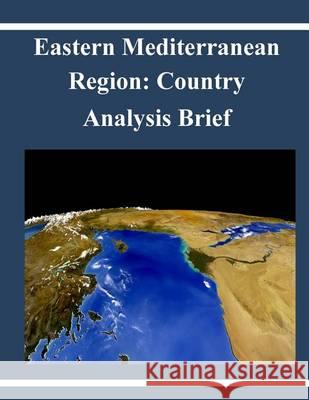Eastern Mediterranean Region: Country Analysis Brief » książka
Eastern Mediterranean Region: Country Analysis Brief
ISBN-13: 9781505452518 / Angielski / Miękka / 2014 / 30 str.
The eastern Mediterranean region-defined in this report as Cyprus, Israel, Jordan, Lebanon, Syria, and the Palestinian Territories-is currently undergoing changes to its energy landscape. With expected economic growth, and the population of the region forecast to grow from 45.3 million in 2010 to between 58 and 62 million in 20301, energy demand should increase noticeably over the next two decades. At present levels of consumption, regional oil and natural gas reserves are unlikely to last for more than a few decades. Fortunately, recent discoveries of large hydrocarbon resources-particularly natural gas-in the offshore Levant Basin significantly alter the supply-side forecasts for the region. These discoveries have the potential to provide the necessary energy supply to meet growing regional demand and possibly even spur exports. There are several issues facing the region that could significantly affect how quickly and how successfully such changes occur. Among the major issues in the region, physical and economic security as well as offshore hydrocarbon development will have the most influence on the region's energy sector. Unrest in Syria and Egypt and territorial disputes between several of the countries in the eastern Mediterranean will impact regional energy production, consumption, and trade. Further, negative economic developments in the region-influenced by issues such as the Cyprus debt crisis and the war in Syria-could undermine demand, interrupt production and trade, and threaten the viability of several energy infrastructure projects. Overcoming these challenges is critical to the success of the region's energy future.
Zawartość książki może nie spełniać oczekiwań – reklamacje nie obejmują treści, która mogła nie być redakcyjnie ani merytorycznie opracowana.











